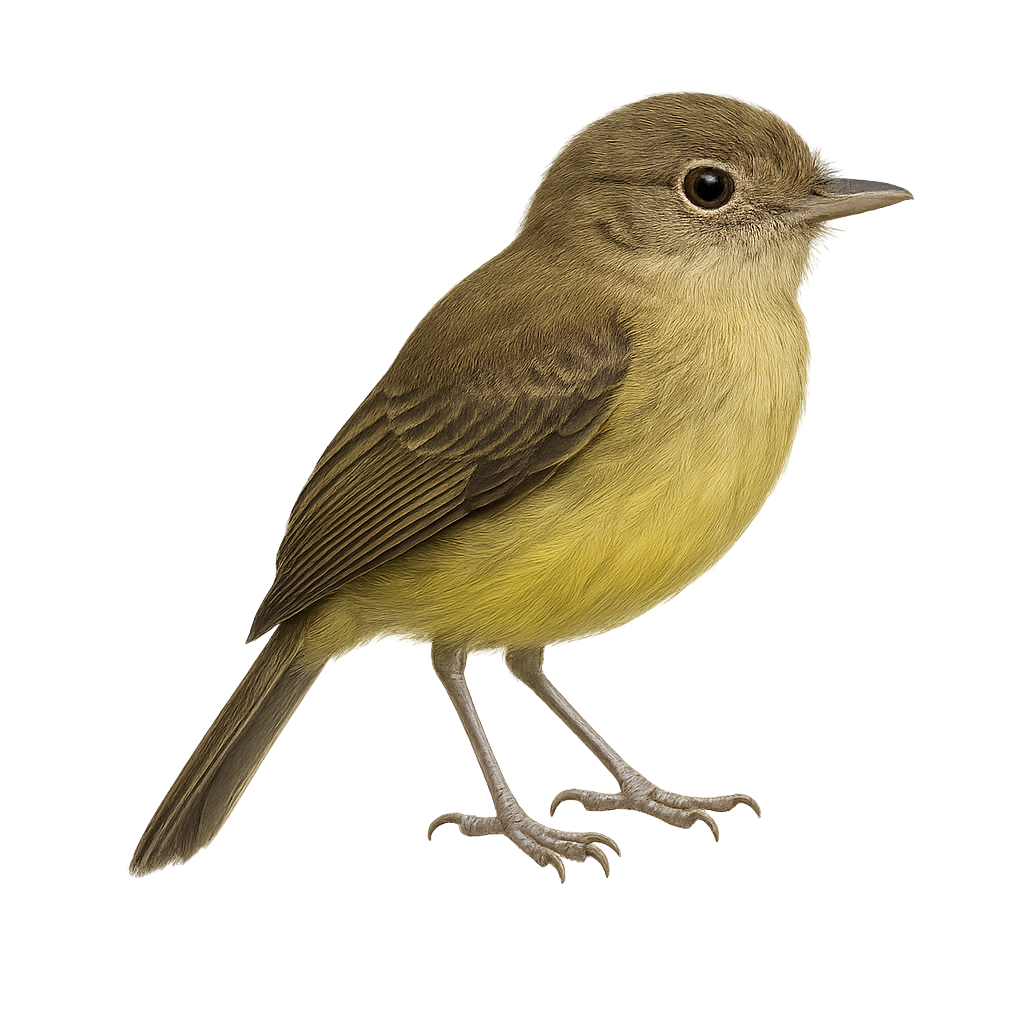Your wildlife photography guide.
Explore the kaempfer's tody-tyrant in detail, study its behavior, prepare your shots.
Where to observe and photograph the kaempfer's tody-tyrant in the wild
Learn where and when to spot the kaempfer's tody-tyrant in the wild, how to identify the species based on distinctive features, and what natural environments it inhabits. The WildlifePhotographer app offers tailored photography tips that reflect the kaempfer's tody-tyrant’s behavior, helping you capture better wildlife images. Explore the full species profile for key information including description, habitat, active periods, and approach techniques.
Kaempfer's Tody-Tyrant
Scientific name: Hemitriccus kaempferi

IUCN Status: Endangered
Family: TYRANNIDAE
Group: Birds
Sensitivity to human approach: Suspicious
Minimum approach distance: 10 m
Courtship display: October to November
Incubation: 16-17 jours
Hatchings: October to December
Habitat:
Humid forests, dense underbrush
Activity period :
Primarily active during the day, with peak activity in the morning and late afternoon.
Identification and description:
The Kaempfer's Tody-Tyrant is a small passerine bird belonging to the Tyrannidae family. It is endemic to southeastern Brazil, mainly in the humid forests of the state of Santa Catarina. This bird measures about 10 cm in length and is characterized by its olive-green back and yellow belly, with a gray head and a relatively broad bill. It is often seen in pairs or small groups, actively moving through the underbrush in search of insects. Its song is a soft, repetitive trill, often heard before the bird is seen. Due to deforestation, its habitat is threatened, leading to its classification as an endangered species by the IUCN.
Recommended lens:
400 mm – adjust based on distance, desired framing (portrait or habitat), and approach conditions.
Photography tips:
To photograph the Kaempfer's Tody-Tyrant, it is advisable to use a telephoto lens of at least 400 mm to capture detailed images without disturbing the bird. Look for it in the dense underbrush of humid forests where it is active during the day. Be patient and listen for its distinctive song to locate it. Use a tripod to stabilize your camera and adjust the ISO to compensate for the low light under the canopy.
The WildlifePhotographer App is coming soon!
Be the first to explore the best nature spots, track rutting seasons, log your observations, and observe more wildlife.
Already 1 439 wildlife lovers subscribed worldwide

